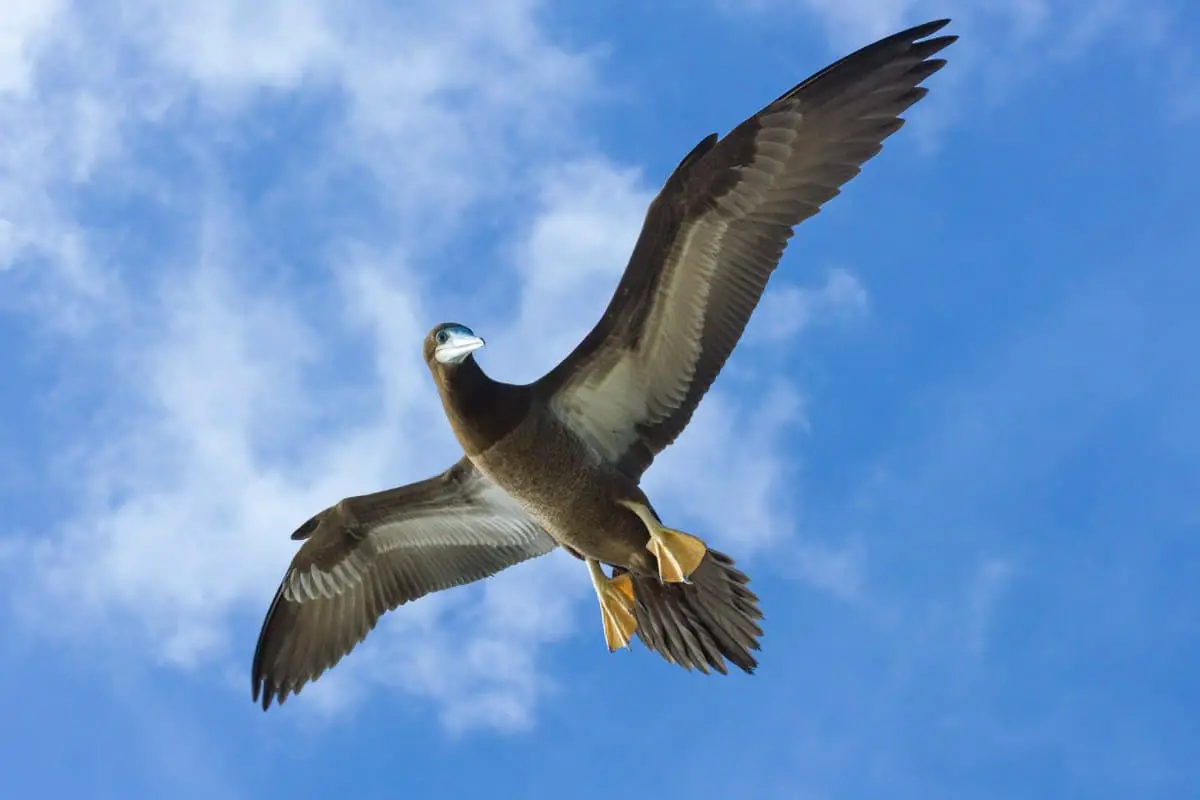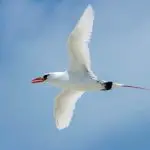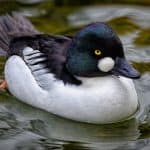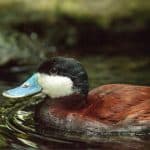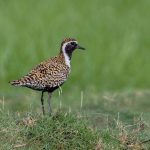Common Name: Brown Booby
Scientific Name: (Sula leucogaster)| Size | Diet | Range in Hawaii | Status in Hawaii |
|---|---|---|---|
| 29 in. | flying fish, mackerel, and squid. | Maui and Big Island | Least Concern |
The Brown Booby, also known as Sula leucogaster, is a seabird species that is native to the tropical and subtropical regions of the world. The species is also an indigenous breeding visitor to Hawaii, where it has been a part of the islands’ natural ecosystem for centuries. With its distinctive appearance and unique behavior, the Brown Booby is a fascinating bird species that has captured the attention of birdwatchers and avian enthusiasts around the world.
In this article, we will explore the world of the Brown Booby, its unique characteristics, and its presence in Hawaii.
Brown Booby
Appearance
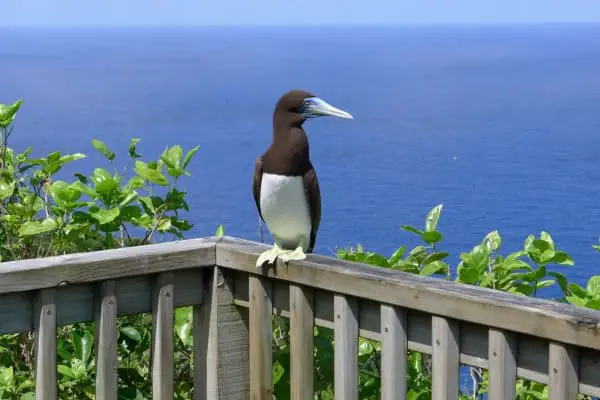
The Brown Booby boasts a striking and elegant appearance that captivates birdwatchers and nature enthusiasts alike. With its contrasting coloration, it flaunts dark brown feathers on its upperparts, creating a beautiful contrast with its brilliant white underparts. A streamlined body, long pointed wings, and a distinctively sharp, downward-curved bill make it a perfect hunter in its oceanic domain.
Adult Brown Boobies have a handsome mask-like pattern around their eyes, emphasizing their keen focus on the hunt. Their blue feet, a unique feature among seabirds, add a splash of unexpected color to their appearance. Juvenile Brown Boobies exhibit a mottled appearance with a mostly white head and underparts, making them equally endearing and distinct in their own right.
With a wingspan of approximately 4.5 to 5 feet (55 to 65 inches) and a body length of around 29 inches, this graceful bird commands attention as it soars gracefully over the ocean waves. Its long, pointed wings and streamlined body are perfectly adapted for swift and agile flight, making it a true marvel to behold in its natural habitat.
Diet
The Brown Booby is a skilled and resourceful hunter, boasting a diverse and fascinating diet. As a proficient fisher, it primarily feeds on a wide array of fish species, including flying fish, mackerel, and squid. Additionally, the Brown Booby occasionally supplements its diet with crustaceans and other small marine creatures.
Nesting

The nesting behavior of the Brown Booby is a fascinating display of dedication and adaptability. This seabird creates its breeding colonies primarily on rocky cliff faces, where it skillfully constructs its nests using twigs, grass, and other available materials. Interestingly, the Brown Booby is not limited to cliffs and can occasionally be found nesting on the ground or even in trees.
Breeding season for these remarkable birds typically occurs from January to September, with lower nesting activity observed in October to December. The colonies can be found in various locations across the tropical Pacific, including the Hawaiian Islands.
During the nesting period, the Brown Booby exhibits remarkable parenting skills, sharing responsibilities between both parents. They take turns incubating the eggs and caring for the chicks. Their dedication to the nesting process ensures the survival and success of their offspring.
Behavior

The behavior of the Brown Booby is a captivating display of grace, precision, and social interaction. As a seabird of the tropical Pacific, the Brown Booby is known for its remarkable fishing skills, utilizing its keen eyesight to spot prey from great heights before plunging into the ocean with incredible speed and accuracy.
These skilled divers often form feeding frenzies, cooperatively chasing schools of fish to maximize their catch. Their elegant aerial acrobatics and powerful wings enable them to glide effortlessly above the waves and swiftly change direction in pursuit of their prey.
Socially, Brown Boobies are highly gregarious, nesting in colonies on rocky cliffs or islets. They display intricate courtship rituals, strengthening bonds between mates through displays of affection and synchronized movements.
During the breeding season, the parents share nesting duties, with both incubating the eggs and caring for the chicks. This cooperative approach ensures the survival and well-being of their offspring. Outside the breeding season, these birds are often seen roosting on buoy markers and coastal cliffs, showcasing their adaptability to various habitats.
Habitat
The Brown Booby thrives in the tropical Pacific, nesting on rocky cliffs and islets. With impressive fishing skills, it soars above the waves, displaying a harmonious blend of land and sea in its habitat.
Range
The Brown Booby is a breeding visitor to the Hawaiian Islands, primarily found nesting on rocky cliffs in the Southeastern Islands. They can occasionally be seen on the ground or in trees on islets such as Kaula Rock (SW of Ni’ihau), Lehua Islet (N of Ni’ihau), Mokumanu islet (off NE O’ahu), and Pu’u Koa’e Islet (off Kaho’olawe). Their grace and expert fishing skills make them a captivating sight along the coasts and offshore waters of Hawaii.
Conservation Status
The Brown Booby is classified as a species of Least Concern by the International Union for Conservation of Nature (IUCN). This means that overall, their population is stable, and they do not face imminent threats of extinction.
Interesting Facts
1. Name origin
The name “booby” comes from the Spanish word “bobo,” which means foolish or clownish. The name was given to the bird because of its clumsy and awkward movements on land.
2. Distinctive appearance
Adult Brown Boobies have distinct plumage, with dark brown upperparts and a white belly. Juveniles have a mottled appearance with a mostly white head and underparts.
3. Sibling aggression
In times of food scarcity, Brown Booby chicks may engage in aggressive behavior towards their nest mates, which is known as “cainism.” The stronger chick may attack and even kill its weaker sibling to secure more food.
4. Pelican relatives
Brown Boobies are part of the Sulidae family, which includes other seabirds like gannets and boobies. Despite their similar appearances, they are not closely related to pelicans, which belong to a different family.
5. Nictitating membrane
Like many birds, Brown Boobies have a nictitating membrane, a translucent third eyelid that protects their eyes while still allowing them to see underwater.
Frequently Asked Questions
1. Can Brown Boobies dive from any height?
Brown Boobies are skilled divers and can dive from heights of up to 100 feet (30 meters) into the water to catch fish. However, they generally dive from lower heights, depending on the availability of prey.
2. How do Brown Boobies clean themselves after diving?
After diving into the ocean to catch fish, Brown Boobies often perch on rocks or buoys to preen and clean their feathers, ensuring they remain waterproof and well-groomed.
3. Can Brown Boobies drink seawater?
Brown Boobies, like other seabirds, have specialized glands near their eyes that help them remove excess salt from their bodies. They do not drink seawater but rely on their food for hydration.
4. What threats do Brown Boobies face in their natural habitat?
While Brown Boobies are not currently considered endangered, they face some threats, such as habitat disturbance from human activities, marine pollution, and disturbances to nesting colonies by invasive species.
